Health & Science
Another step toward an HIV cure; Pitching for your dinner; Are gay marriages happier?; Stopping elephant poachers
Another step toward an HIV cure
Two HIV-infected men also suffering from blood cancer appear to be free of the virus after receiving chemotherapy and bone marrow transplants—a breakthrough that raises hope that a cure for AIDS is possible. “We’re being very careful not to say that these patients are cured, but the findings to date are very encouraging,” Dr. Daniel Kuritzkes of Brigham and Women’s Hospital in Boston tells Nature.com. The patients’ recovery from both lymphoma and HIV mirrored the case of Timothy Ray Brown, who remains HIV-free after receiving a bone marrow transplant six years ago from a donor with a rare genetic mutation that promotes resistance to HIV. The Boston patients, however, received ordinary bone marrow transplants, suggesting that in their cases the virus was wiped out not by a rare gene, but by a combination of the donor white blood cells, chemotherapy, and anti-retroviral drugs. Currently, people with HIV can keep the virus at bay with anti-retrovirals, but because the virus hides out in the body, it rebounds if the drugs are not taken. In the new treatment, HIV did not return after the two patients were taken off medication. Bone marrow transplants are very dangerous—a third patient in the study died—and are not practical for most of the 34 million people in the world infected with HIV, but the Boston cases may lead to new strategies for fighting the virus. “I think this changes the game,” says Kevin Robert Frost, CEO of the Foundation for AIDS Research.
Pitching for your dinner
The Week
Escape your echo chamber. Get the facts behind the news, plus analysis from multiple perspectives.

Sign up for The Week's Free Newsletters
From our morning news briefing to a weekly Good News Newsletter, get the best of The Week delivered directly to your inbox.
From our morning news briefing to a weekly Good News Newsletter, get the best of The Week delivered directly to your inbox.
Human beings are the only primates capable of throwing objects with precision and speed. Our species’s ability to “pitch,” a new study has found, may have played a key role in our evolutionary success. Though humans’ closest relatives, chimpanzees, are much stronger than we are, the anatomy of their shoulders allows them to throw at only about 20 miles per hour, or “one third the speed of a 12-year-old little league pitcher,” George Washington University anthropologist Neil Roach tells ScienceDaily.com. To figure out why humans throw so much better, Roach analyzed 3-D video of college athletes hurling baseballs. He found that the design of the shoulder gives humans an unmatched ability to cock our arms, allowing overlapping tendons and ligaments to store energy “just like a slingshot would.” Humans also have longer waists than other primates, allowing the torso to rotate independently of the hips and give more force to a throw. Those evolutionary changes first appeared in Homo erectus about 2 million years ago, allowing these hominids to safely kill big game by throwing rocks, Roach says. “Eating more calorie-rich meat and fat would have allowed our ancestors to grow larger brains and bodies and expand into new regions of the world—all of which helped make us who we are today.”
Are gay marriages happier?
Same-sex couples who get married report less conflict and higher levels of happiness than straight couples, new research suggests. After Vermont legalized same-sex civil unions in 2000, researchers began following nearly 1,000 couples, including same-sex partners and their heterosexual married siblings. They found that the same-sex couples reported higher levels of happiness and sexual fulfillment and less conflict in their relationships than their heterosexual counterparts did. That seems to be because men find it easier to communicate and share their perspectives with men, and women with women. “If men are from Mars and women are from Venus, then it helps to have two Martians negotiating a conflict,” San Diego State University researcher Esther Rothblum tells The New York Times. It also helps that same-sex couples don’t have to contend with traditional gender roles and thus find it easier to share household chores and work.
Stopping elephant poachers
A free daily email with the biggest news stories of the day – and the best features from TheWeek.com
Radioactive residue from the Cold War could provide a valuable tool for stemming the deadly trade in illegal ivory, National Geographic News reports. Poachers killed an estimated 30,000 African elephants last year alone for their tusks—an ongoing slaughter that threatens the long-term survival of the species, whose population numbers about 500,000. Ending poaching has been nearly impossible because it is legal to own ivory from elephants killed before 1989, and ivory is difficult to date. But now researchers at Columbia University have developed a test that can determine when a piece of ivory was harvested based on levels of carbon 14, a radioactive isotope that was released into the atmosphere by nuclear tests in the 1950s and ’60s. Atmospheric levels of carbon 14 have been declining at a steady rate ever since the tests stopped, and so has its presence in plants and in the hair, horns, and tusks of animals. By testing carbon 14 concentrations in tusks, scientists can now tell when the elephant died. “It is a simple, accurate, and affordable test,” says study author Kevin Uno, “and will make it far easier to enforce the ivory ban.”
-
 Kristi Noem might not be long for Trumpland
Kristi Noem might not be long for TrumplandIN THE SPOTLIGHT The Homeland Security secretary has been one of the most visible and vocal architects of Trump’s anti-immigration efforts, even as her own star risks fading
-
 Senate votes down ACA subsidies, GOP alternative
Senate votes down ACA subsidies, GOP alternativeSpeed Read The Senate rejected the extension of Affordable Care Act tax credits, guaranteeing a steep rise in health care costs for millions of Americans
-
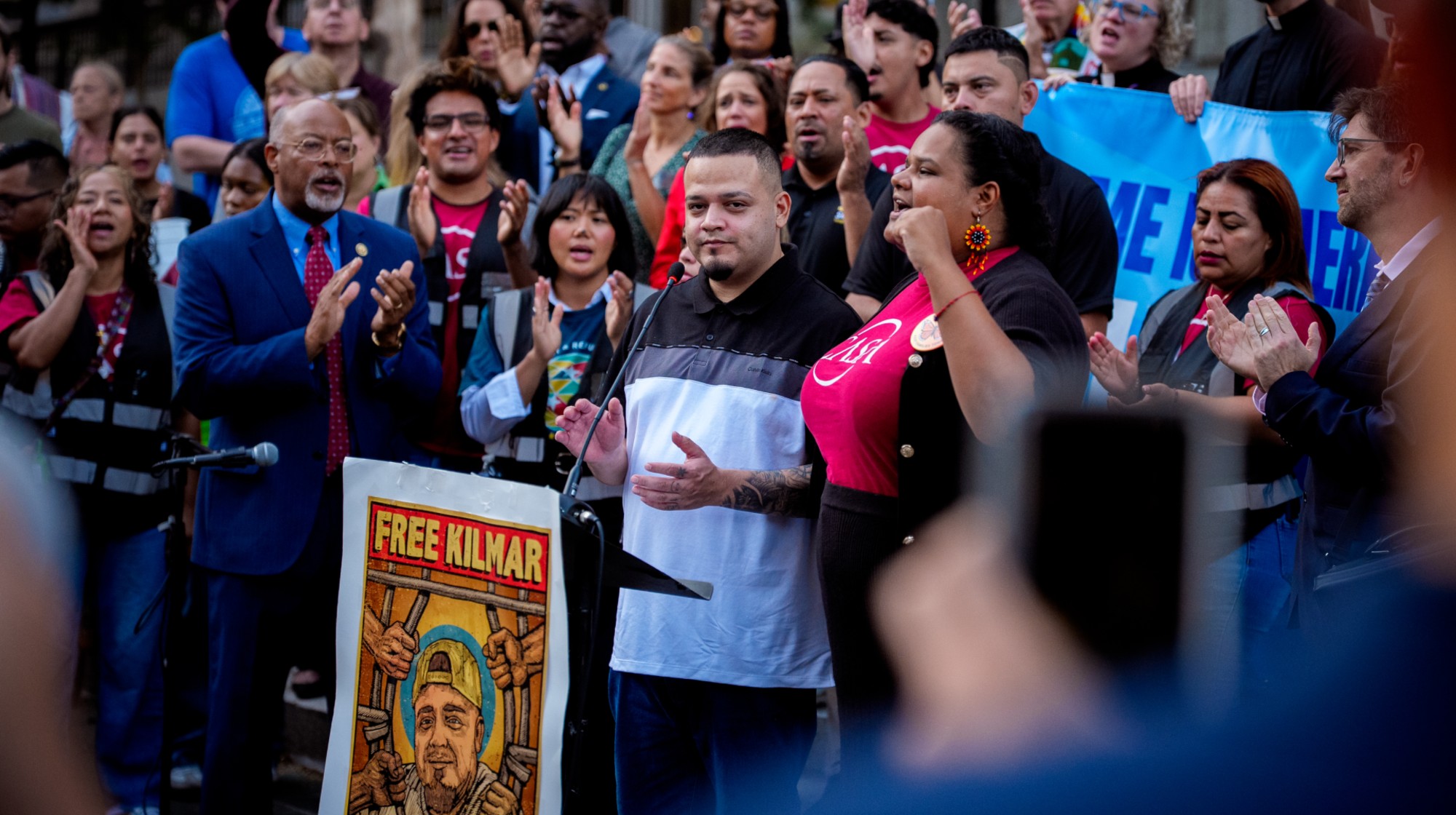 Abrego García freed from jail on judge’s order
Abrego García freed from jail on judge’s orderSpeed Read The wrongfully deported man has been released from an ICE detention center
-
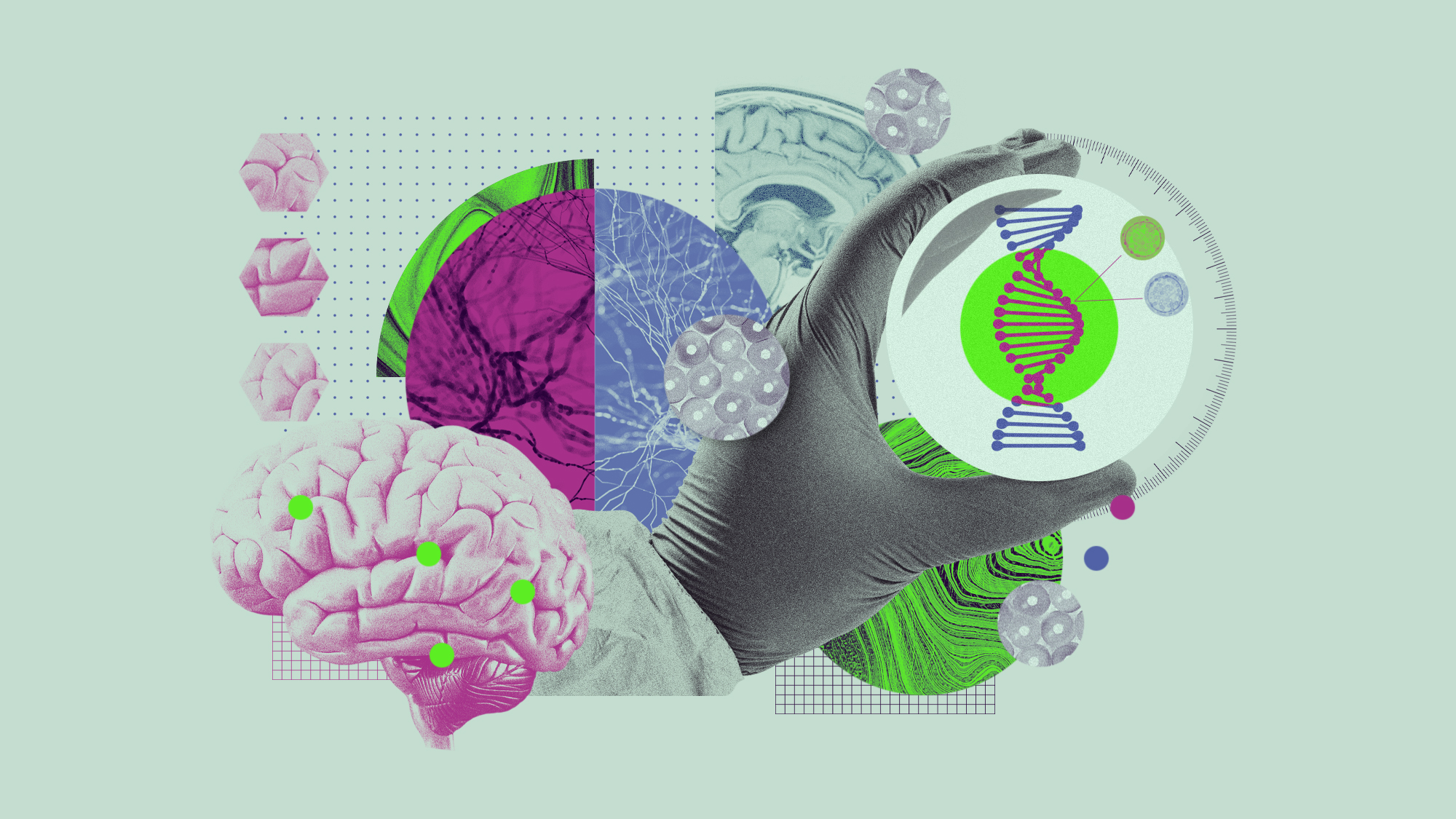 5 recent breakthroughs in biology
5 recent breakthroughs in biologyIn depth From ancient bacteria, to modern cures, to future research
-
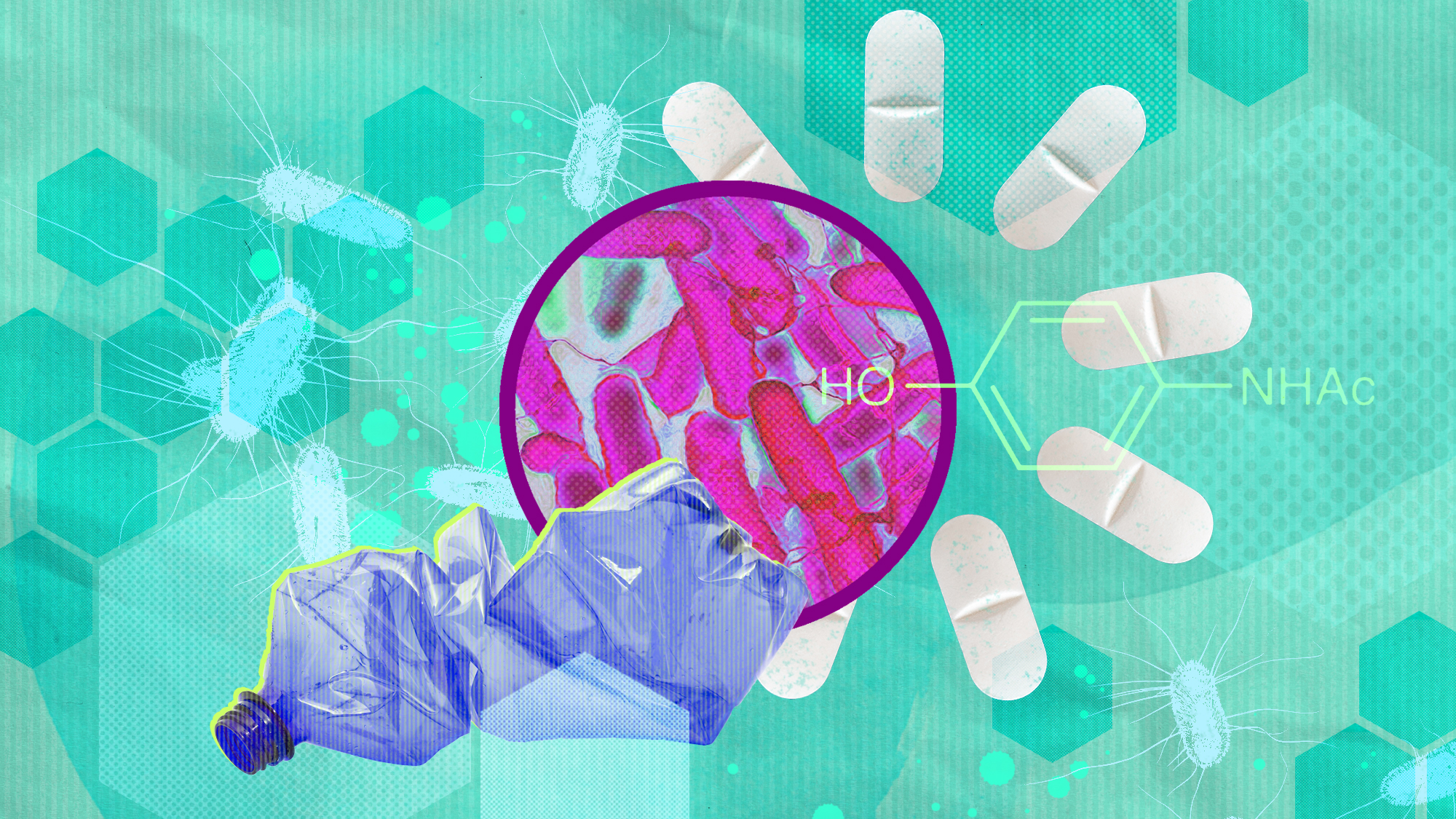 Bacteria can turn plastic waste into a painkiller
Bacteria can turn plastic waste into a painkillerUnder the radar The process could be a solution to plastic pollution
-
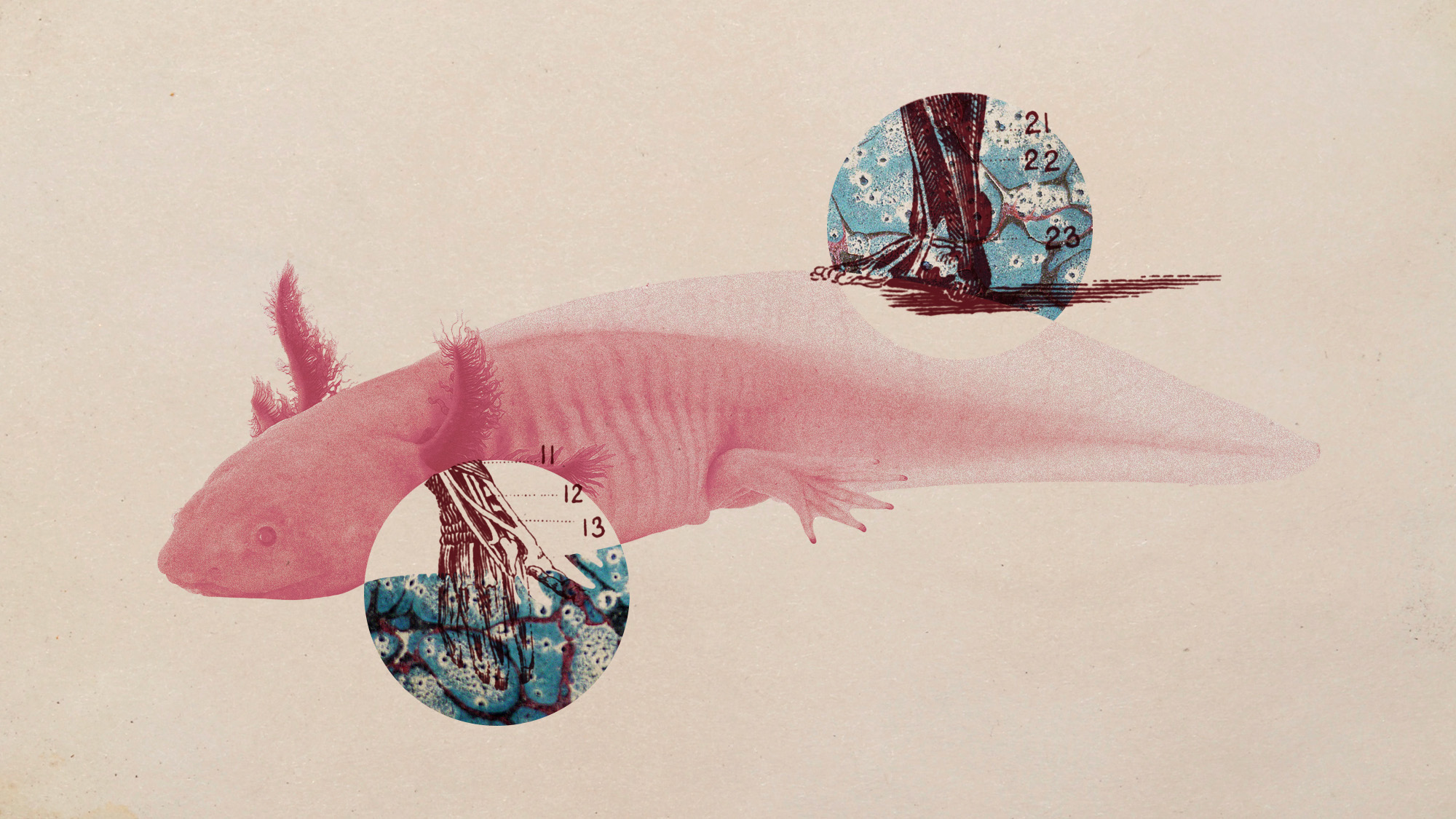 Scientists want to regrow human limbs. Salamanders could lead the way.
Scientists want to regrow human limbs. Salamanders could lead the way.Under the radar Humans may already have the genetic mechanism necessary
-
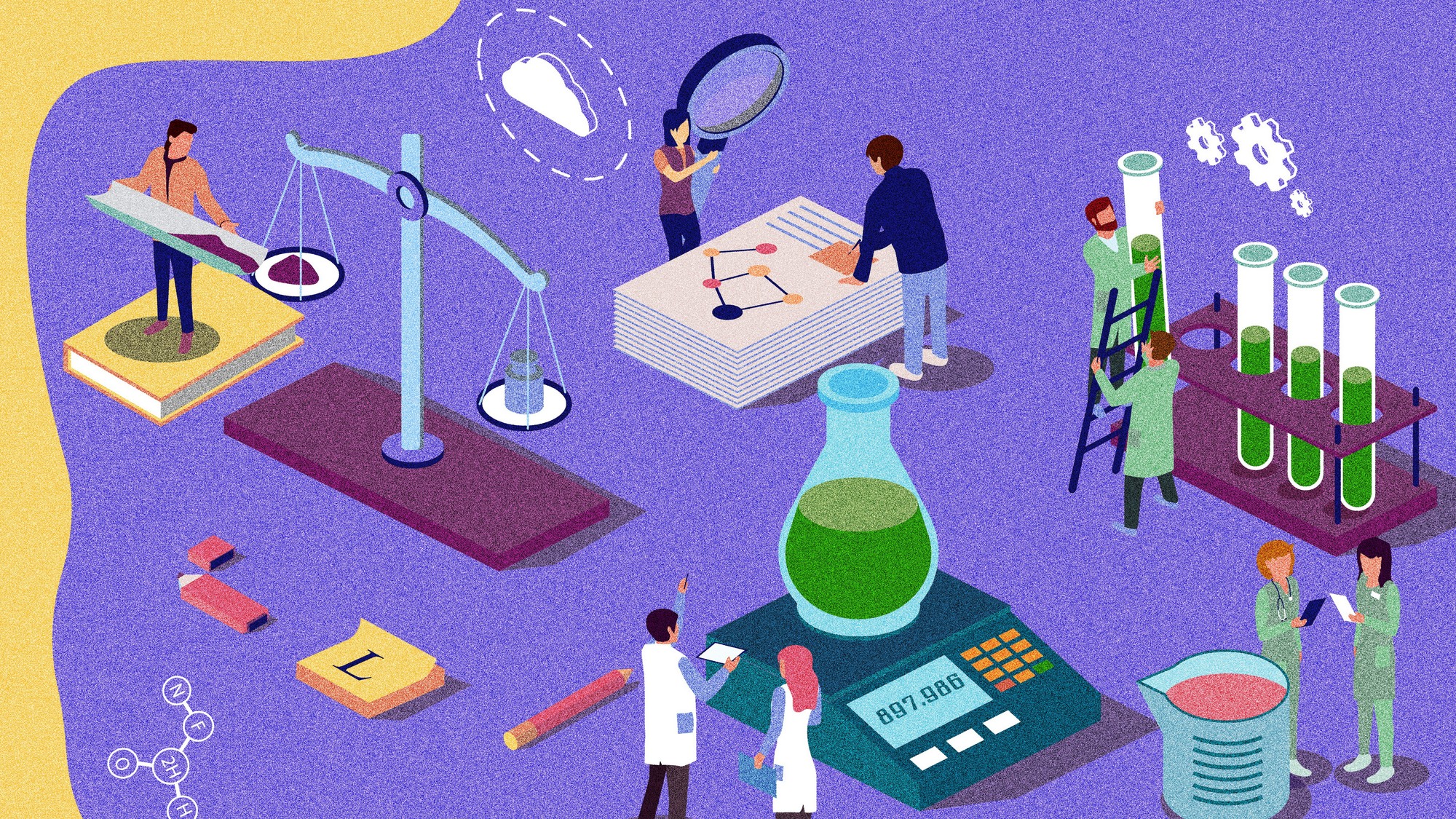 Is the world losing scientific innovation?
Is the world losing scientific innovation?Today's big question New research seems to be less exciting
-
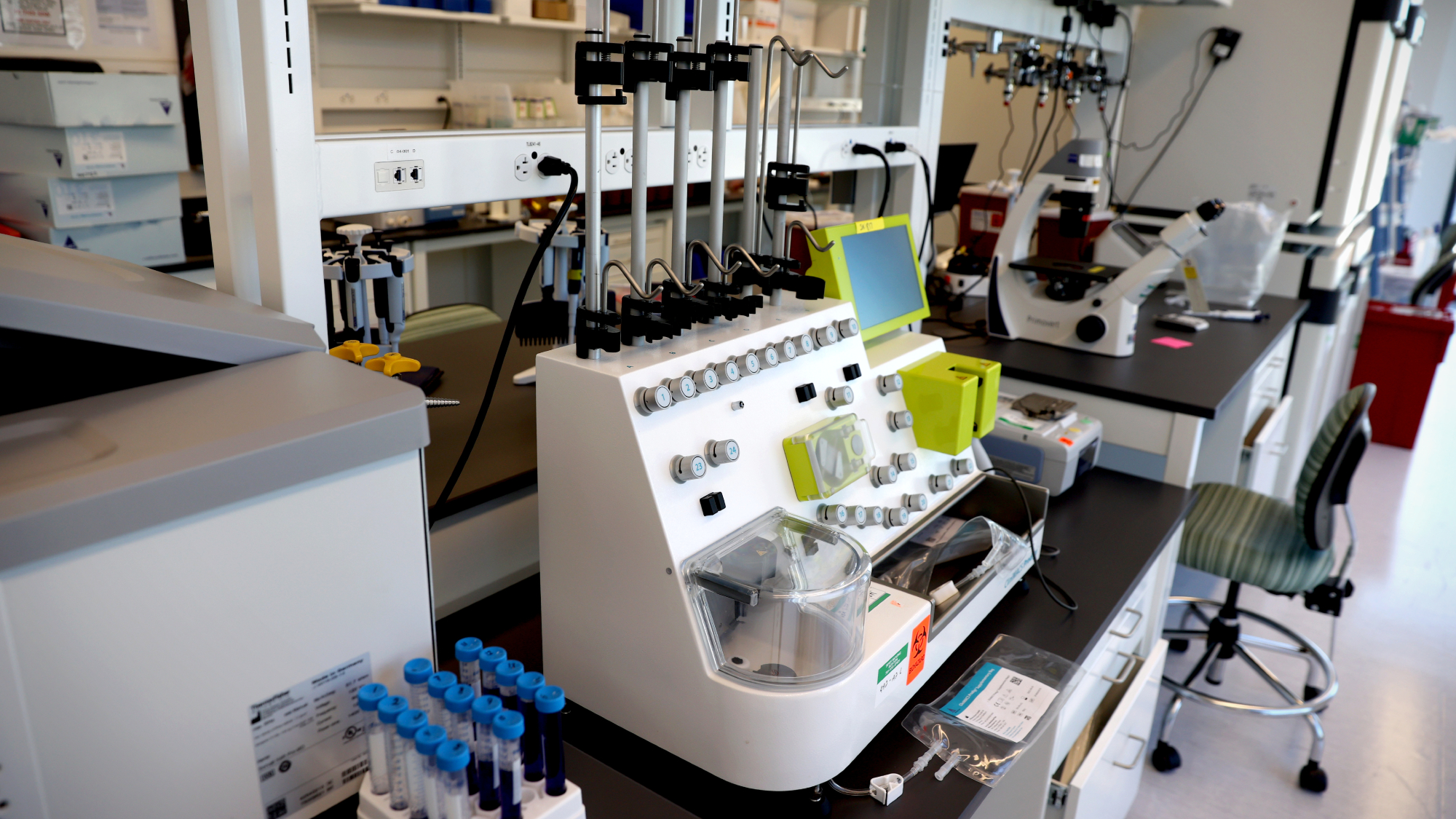 Breakthrough gene-editing treatment saves baby
Breakthrough gene-editing treatment saves babyspeed read KJ Muldoon was healed from a rare genetic condition
-
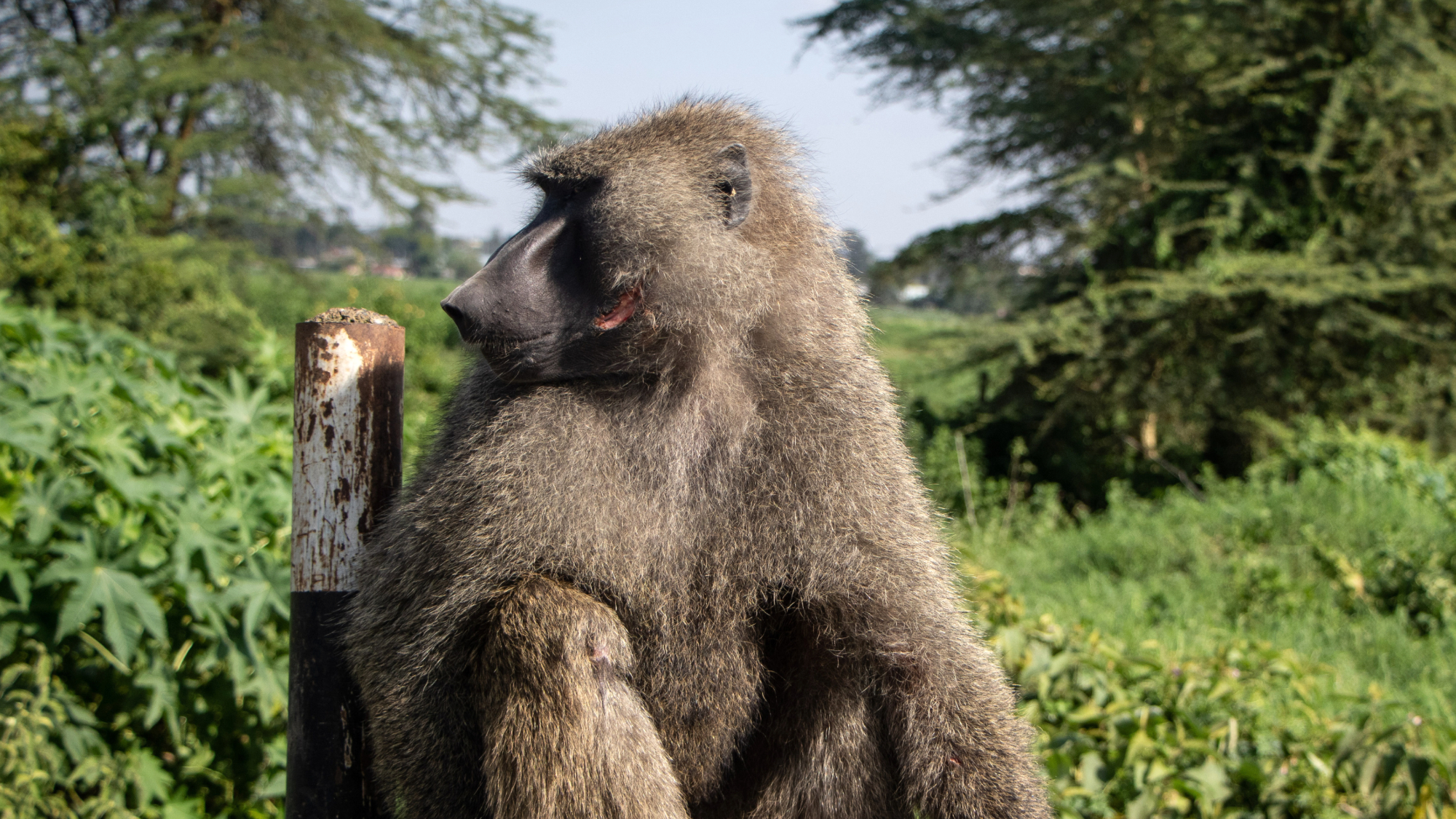 Humans heal much slower than other mammals
Humans heal much slower than other mammalsSpeed Read Slower healing may have been an evolutionary trade-off when we shed fur for sweat glands
-
 Scientists map miles of wiring in mouse brain
Scientists map miles of wiring in mouse brainSpeed Read Researchers have created the 'largest and most detailed wiring diagram of a mammalian brain to date,' said Nature
-
 Scientists genetically revive extinct 'dire wolves'
Scientists genetically revive extinct 'dire wolves'Speed Read A 'de-extinction' company has revived the species made popular by HBO's 'Game of Thrones'